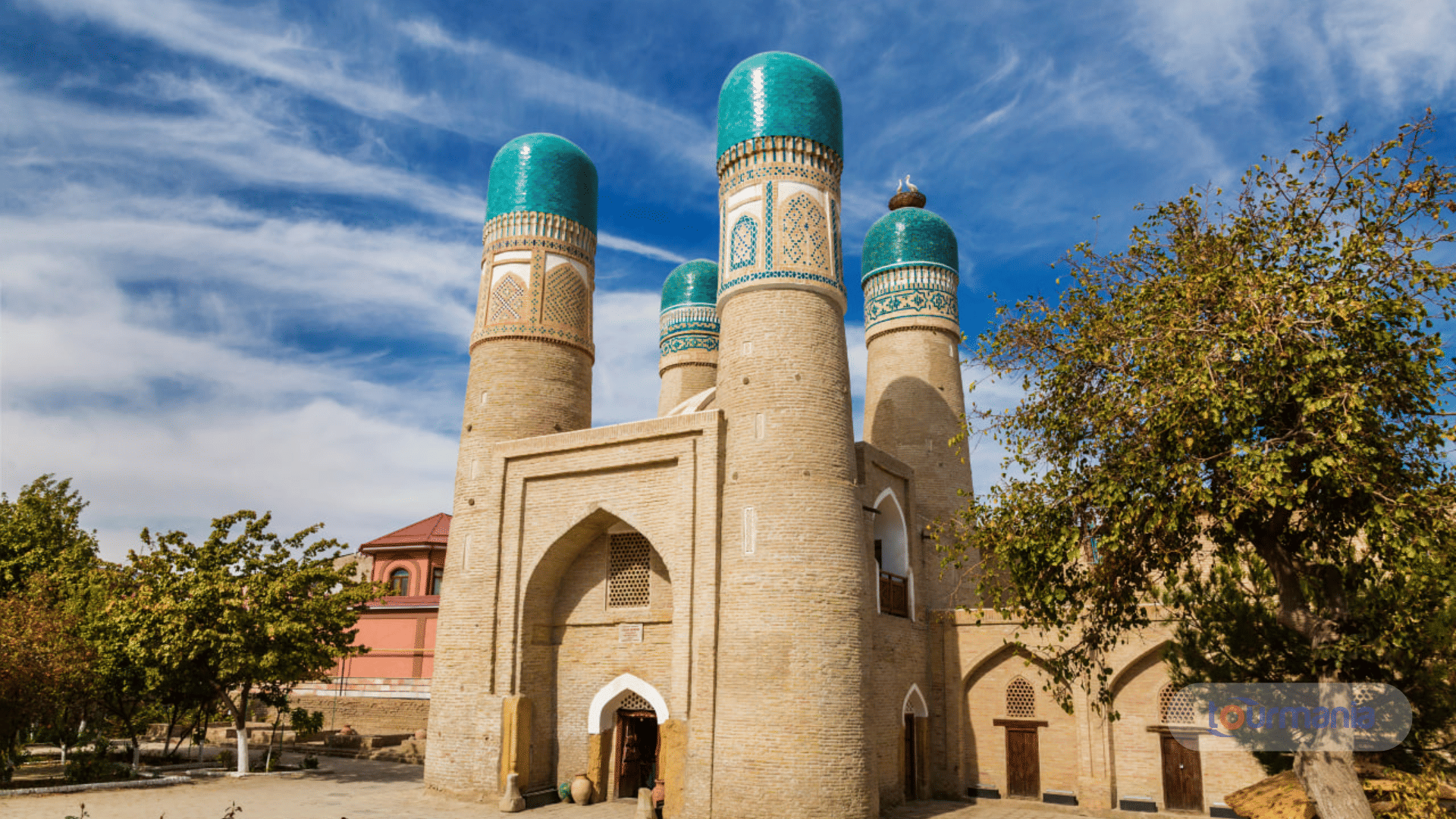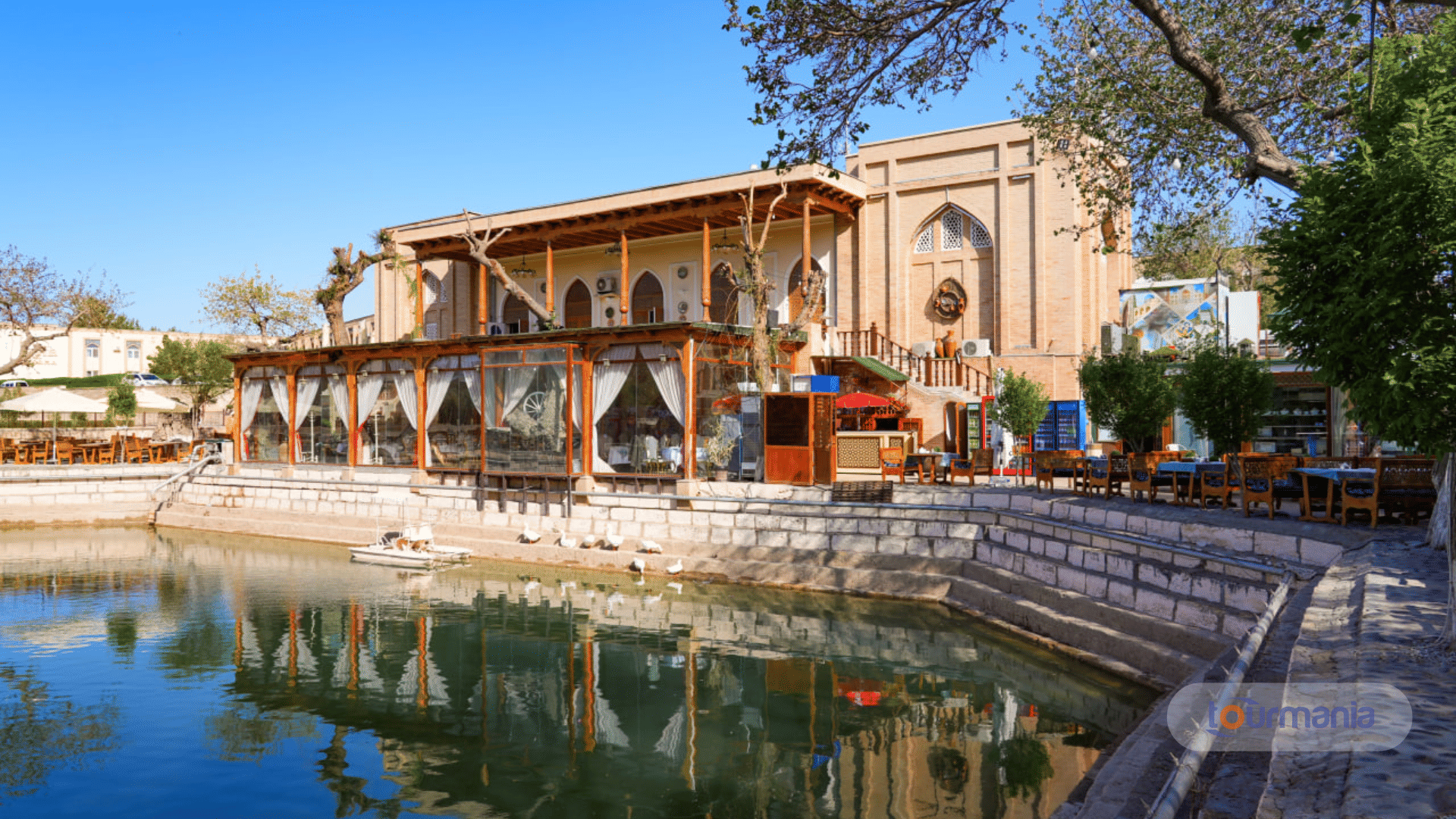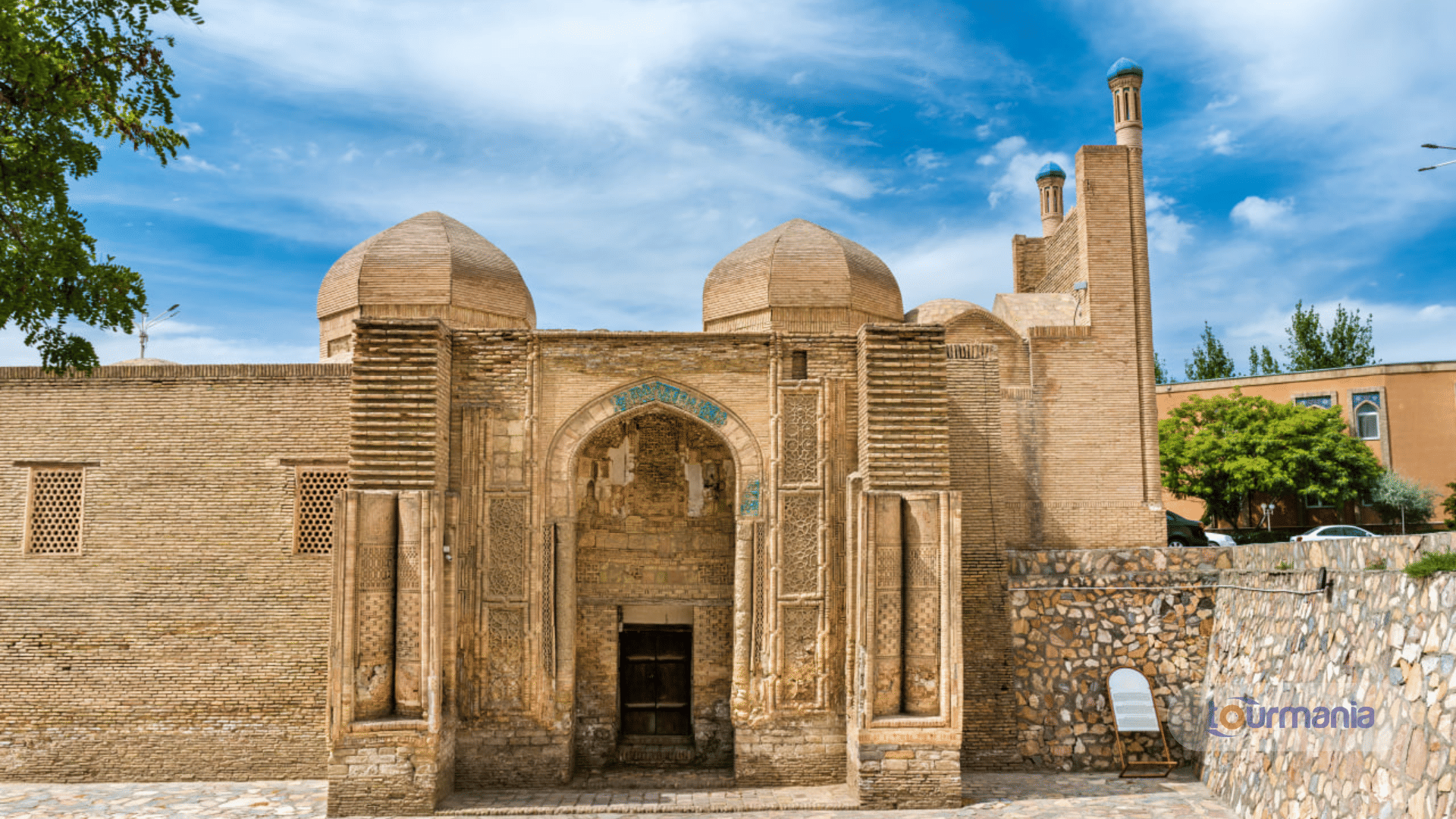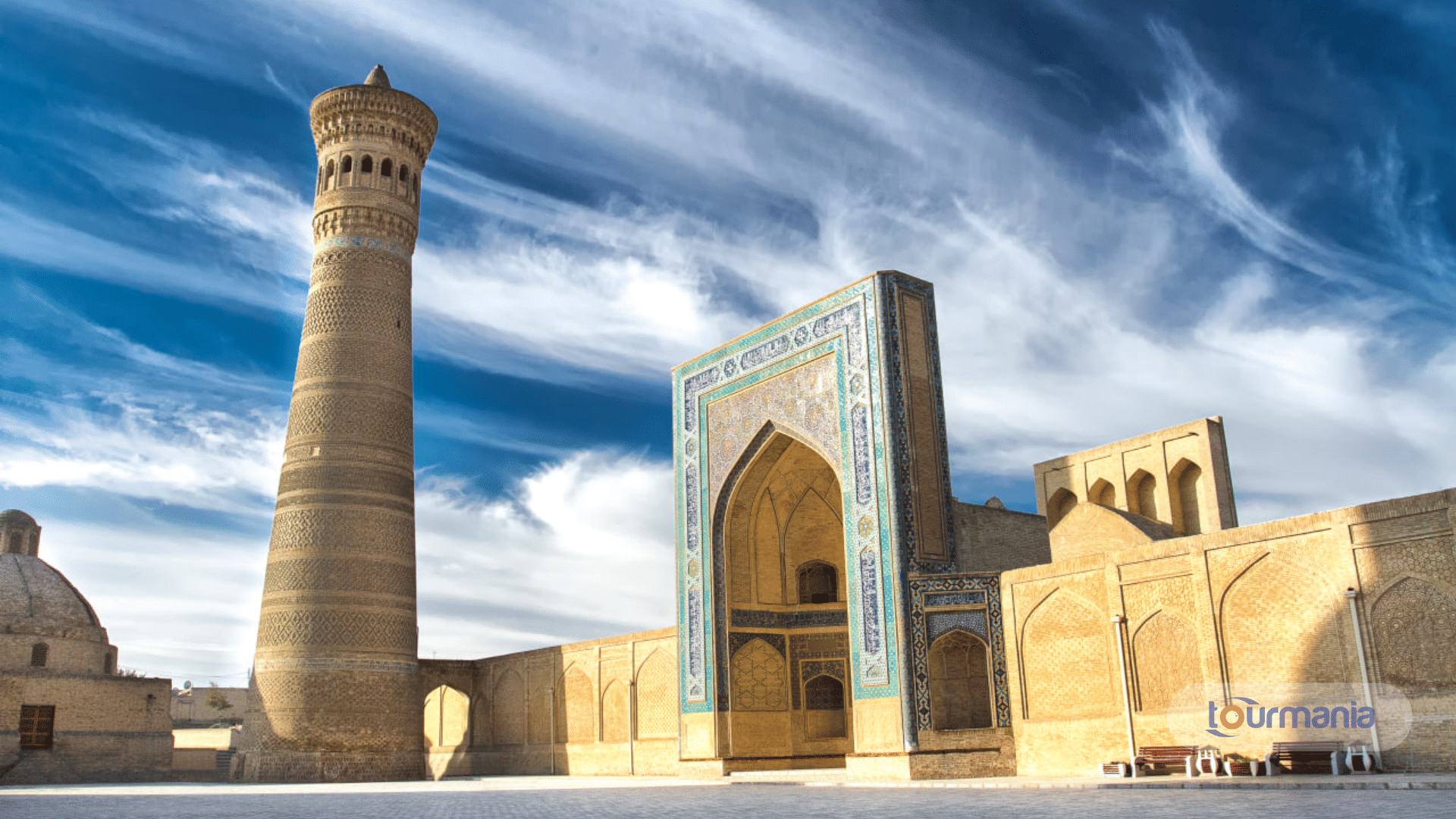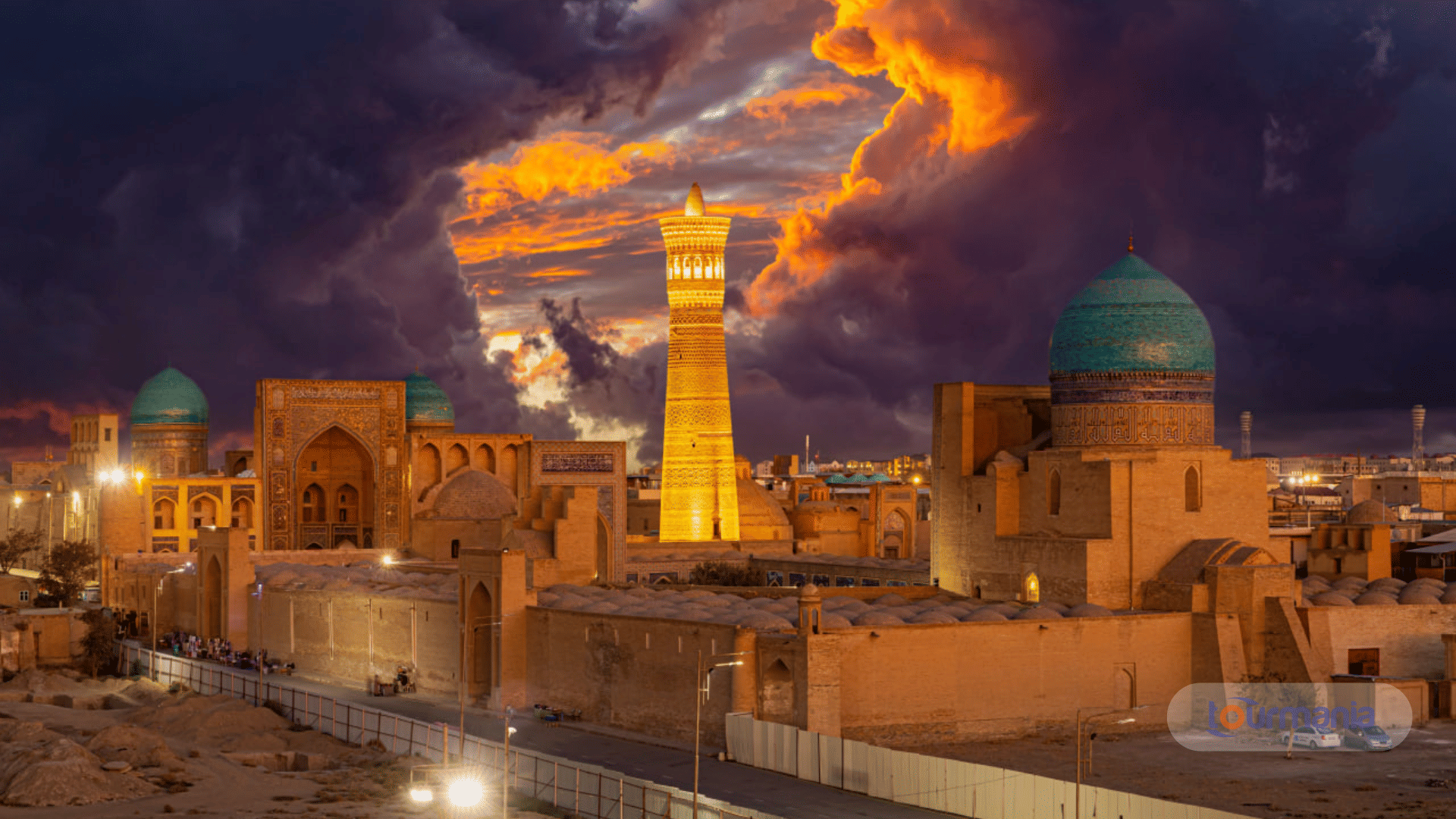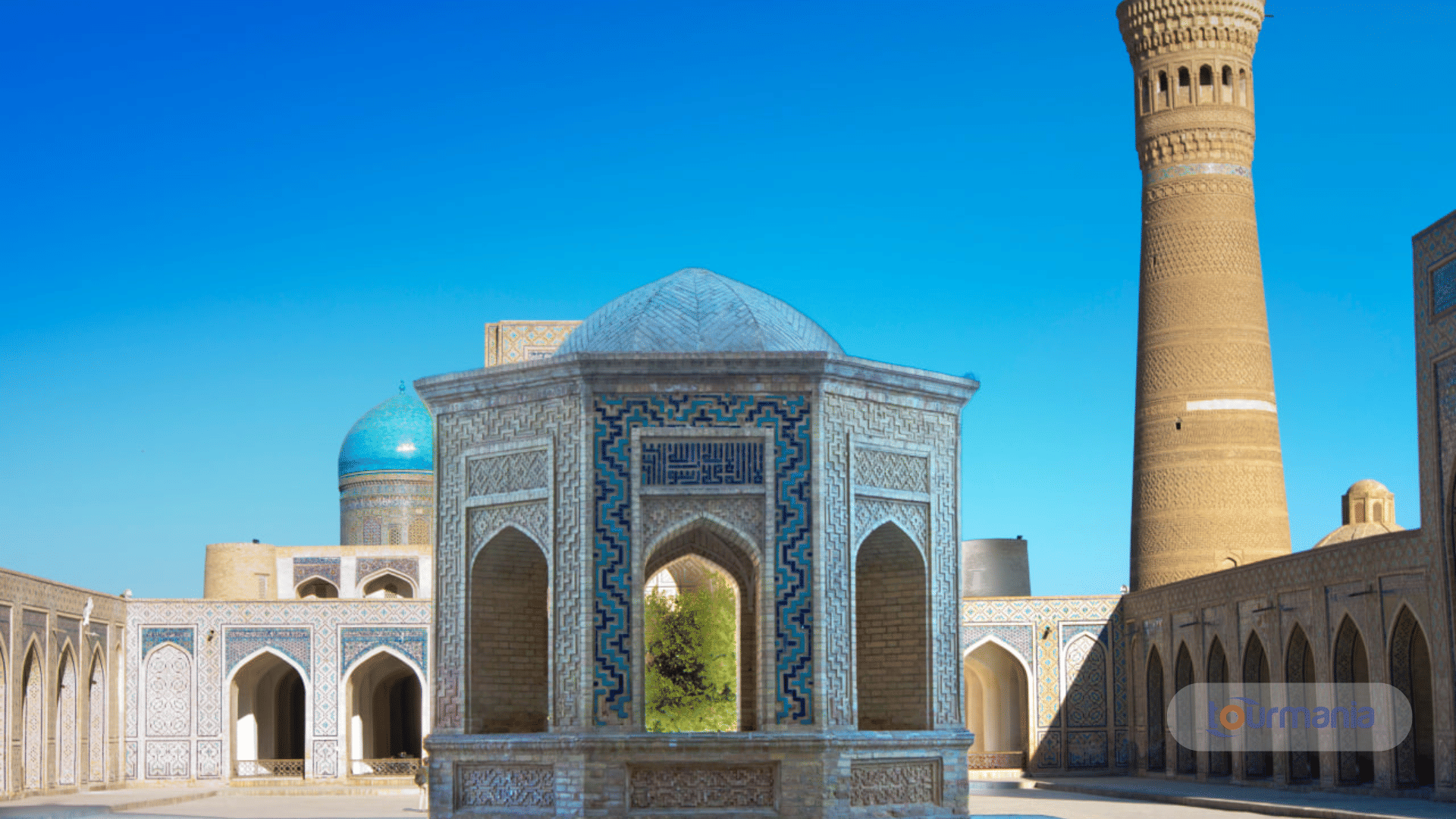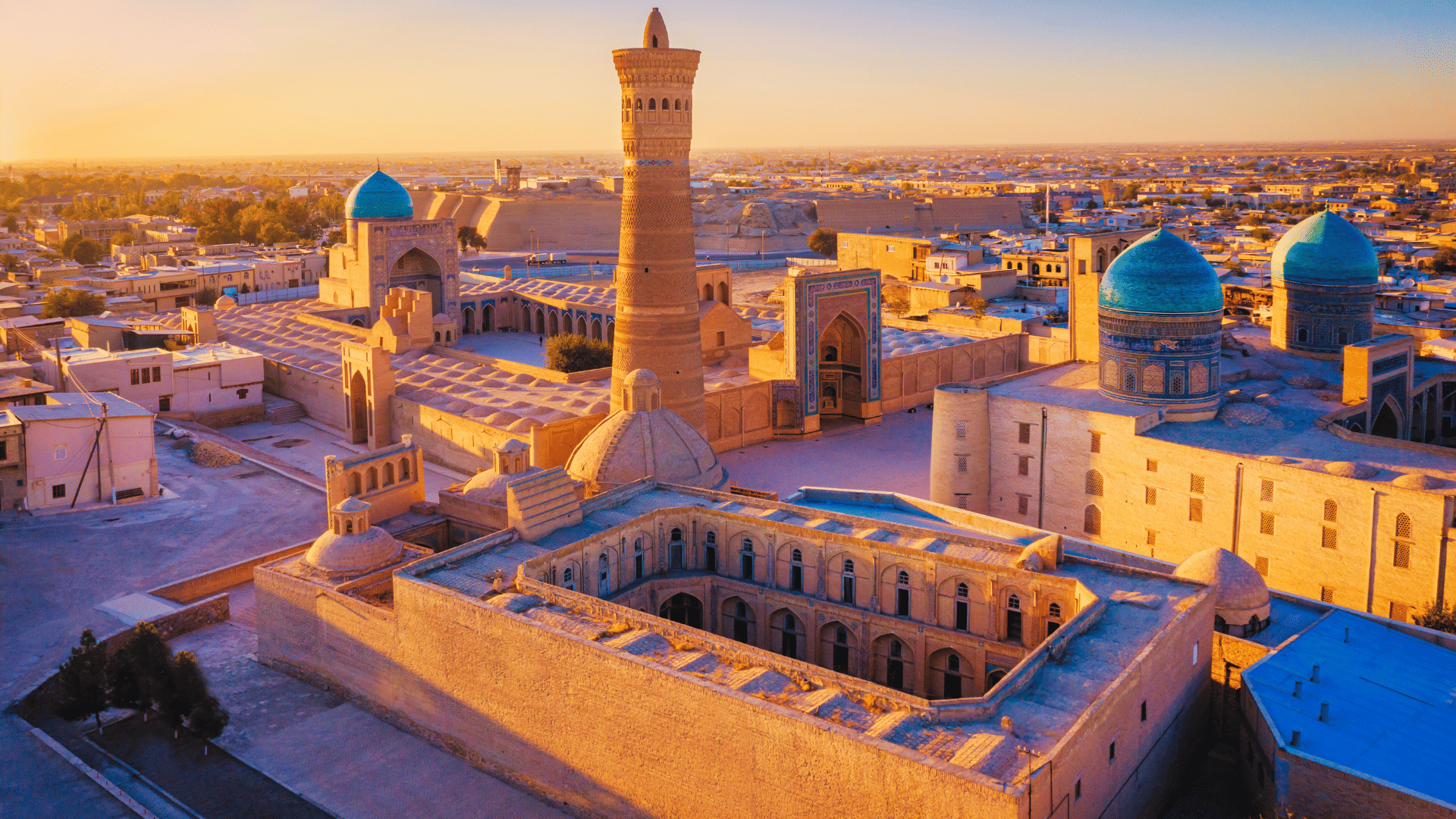Bukhara: Essentials Guided Walking Tour
he Bukhara Essentials Guided Walking 4-Hour Tour is a deep dive into the heart of the city, perfect for those looking to explore Bukhara’s top historical sites.
1. Chor Minor Madrasah
Chor Minor is a historic building located in the city of Bukhara, Uzbekistan. The name "Chor Minor" translates to "Four Minarets" in English, referring to the four distinctive towers (minarets) that are situated on the corners of the structure. The building is part of a madrasah (Islamic school) complex, which was constructed in the early 19th century, around 1807, during the reign of the Emir of Bukhara, Shah Murad.
2. Lyabi Hauz
Labi-Hauz is a significant architectural and historical complex located in the heart of Bukhara, Uzbekistan. The name "Labi-Hauz" translates to "Around the Pool," and the complex is centered around a large, rectangular pool (hauz), which historically served as a gathering space for the people of Bukhara. The complex is one of the city's most famous landmarks and is an excellent example of Islamic architecture, showcasing Bukhara’s vibrant culture and history.
3. Toki Sarrafon
Toki Sarrafon is one of the historic trading domes (known as toki in Uzbek) located in the heart of the ancient city of Bukhara, Uzbekistan. It was once an important center for commerce and trade, and today it is a popular landmark that reflects the rich history and architecture of Bukhara, an ancient Silk Road city.
4. Magoki Attori Mosque
The Magoki-Attori Mosque is one of the most important historical and architectural landmarks in Bukhara, Uzbekistan. It is a significant example of Islamic architecture in Central Asia and is renowned for its unique design and rich history. The mosque is located in the heart of the old city, not far from the famous Labi-Hauz complex.
5. Poi Kalyan Complex
The Poi Kalyan Complex is a prominent architectural ensemble located in Bukhara, Uzbekistan. It is one of the city's most famous and significant landmarks, serving as a symbol of its rich cultural and religious heritage.
The complex was constructed in the 16th century during the Timurid and Shaybanid periods, and it includes several important structures:
Kalyan Minaret: The most iconic feature of the complex, the Kalyan Minaret stands at 47 meters (154 feet) tall and was built in 1127. It was originally used as a lighthouse for travelers and as a place for the call to prayer. Its design is notable for its cylindrical shape and intricate brickwork. It is one of the tallest structures in Bukhara.
Kalyan Mosque: Adjacent to the minaret is the Kalyan Mosque, one of the largest mosques in Central Asia. Built in the 16th century, the mosque features a vast prayer hall and a large courtyard surrounded by arched colonnades. It can accommodate thousands of worshippers and is an excellent example of Islamic architecture from the period.
Mir-i-Arab Madrasa: A beautiful example of Islamic education, this madrasa (religious school) was built in the 16th century and still functions today. The Mir-i-Arab Madrasa is renowned for its symmetrical design, colorful tilework, and grand entrance portal. It is an active institution for Islamic learning and one of the most important historical buildings in Bukhara.


